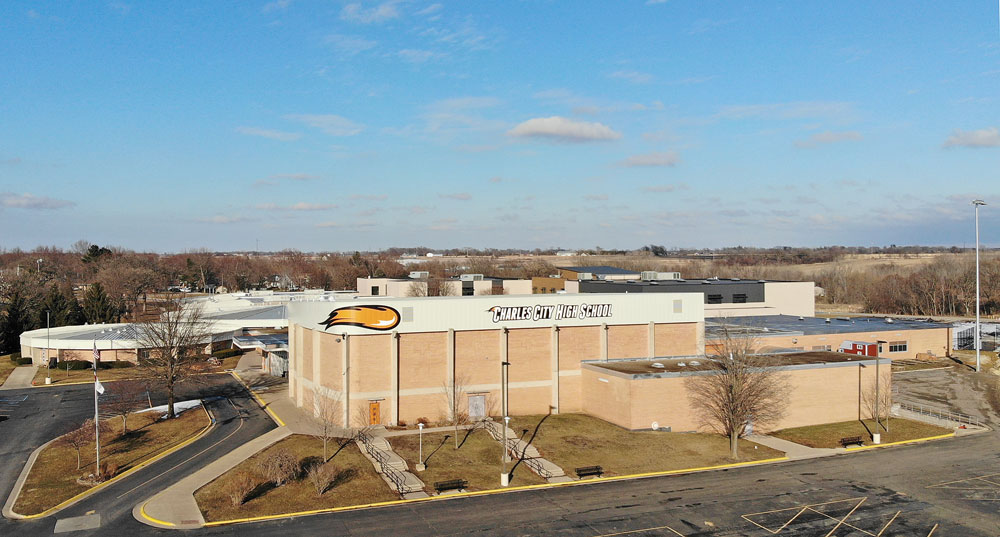Emerald Ash borer discovered in Jackson and Clayton Counties
Staff Report
Emerald Ash Borer or EAB has been found in two Iowa counties. EAB is a destructive insect that attacks and kills ash trees. Reports of them have been found in Bellevue and Marquette.
The deaths of tens of millions of ash trees have been caused by EAB.
In Charles City 20 to 25 ash trees have been removed from various spots, including Wildwood golf course and along the river.
“We’ve already replanted the trees,” Steve Lindaman, Charles City Parks and Recreation director said.
Using the Trees Please grant, replacement trees have been planted around Charles City.
The discovery came after city staff informed state officials of an ash tree showing signs of an EAB attack.
For Marquette in Clayton County, a member of the Iowa EAB Team noticed the tree while in the area. In both cases further investigation led to the collection of insect specimens that were later positively identified as EAB.
The adult emerald ash borer is a metallic green beetle measuring approximately one-half inch long and one-eighth inch wide, making it a challenge to detect in the landscape. The female beetles lay eggs on the bark of ash trees. The eggs hatch and the larvae bore underneath the bark, inhibiting the trees’ ability to transfer water and nutrients. Trees attacked by EAB usually die within two to four years.
“Increased woodpecker damage is what brought awareness to these recent finds,” said Mike Kintner, Iowa Department of Agriculture and Land Stewardship EAB and gypsy moth coordinator. “Whether it is during the dormant or growing season, evidence of an EAB attack can be noticed throughout the calendar year.”
Jackson and Clayton Counties will join 39 other Iowa counties where this exotic insect has been detected. Nationally, EAB has spread to 29 states since being discovered in Michigan in 2002. Firewood is a vehicle for the “human-assisted” movement of EAB and other tree-killing pests. Use locally sourced firewood whether burning it at home or when traveling so that injurious pests are not unknowingly spread.
Anyone who suspects an infested ash tree in a county not known to have EAB should contact a member of the Iowa EAB Team. Members include officials from Iowa Department of Agriculture and Land Stewardship (IDALS), Iowa State University Extension and Outreach, the Iowa Department of Natural Resources (DNR), USDA Animal and Plant Health Inspection Service and the USDA Forest Service.
At this calendar date, the window for all preventive treatments has closed. If a landowner is interested in protecting a valuable and healthy ash tree within 15 miles of a known infestation, he or she should have landscape and tree service companies bid on work, review the bids, and treat beginning spring 2017 (after mid- April).









Social Share